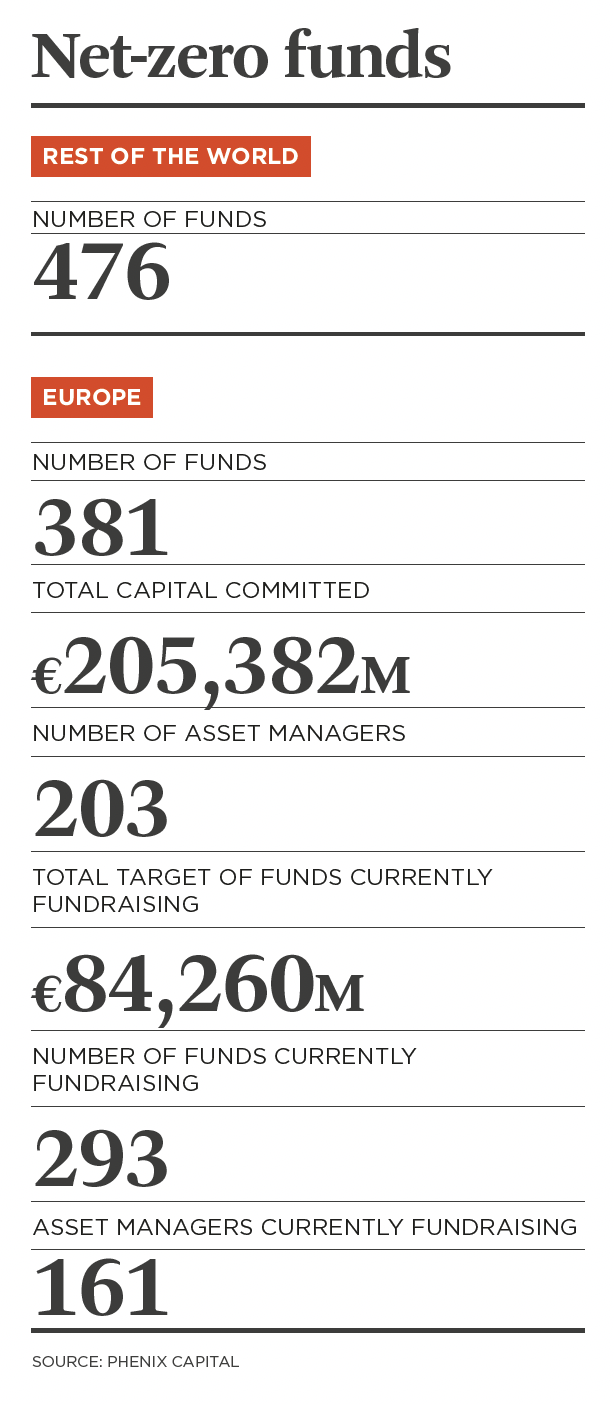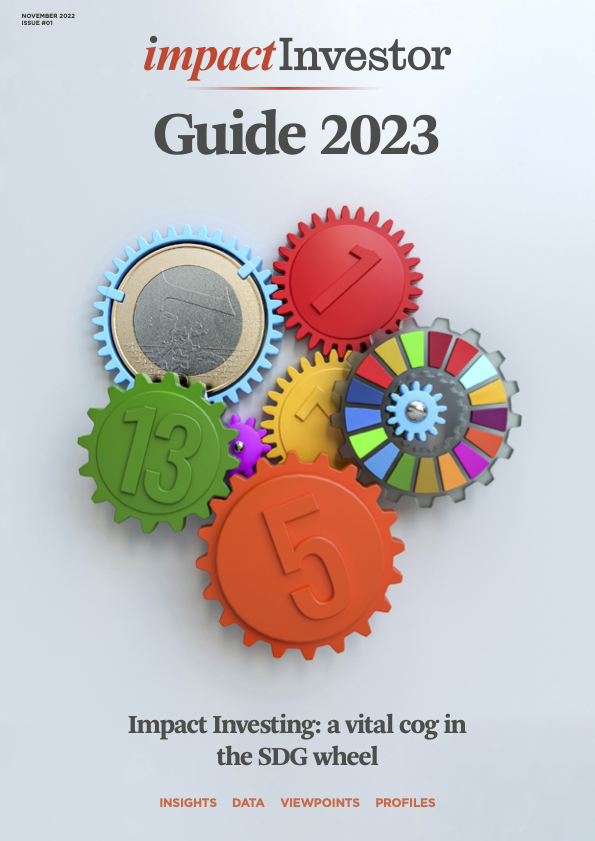Despite the many bumps ahead, the road to net zero presents many opportunities for investment returns and impact.

The journey towards net zero started years ago but recent events such as the COVID-19 pandemic, the energy and food crises and extreme weather events across the globe, have brought the need to accelerate the decarbonisation of our economy to the fore.

Policy changes around the world have been pushing for reduction of greenhouse gas (GHG) emissions and an increasing number of governments and businesses have proudly announced net-zero targets. Achieving those goals by 2030 or 2050 pose many challenges but also opportunities.
Prospects in areas such as the decarbonisation of the energy and industrial sectors, nature and resource-based solutions, as well as new and future technologies are attracting much attention from both asset owners and asset managers.
According to the International Energy Association (IEA), we need $4-6 trillion in annual investments in decarbonisation. The existing pledges and promises currently stand at about 80% of this amount, leaving a 20% gap to be filled in the next few years.
Pierre Abadie, group climate director at Tikehau Capital, the global alternative asset manager, says this funding gap has to come from the private sector and sees regulatory and policy changes and public pressure, combined with the Russia/Ukraine war, as accelerating the transition globally.
As a private equity investor Tikehau takes a direct stake in companies where it pushes for energy efficiency in buildings and factories. Abadie explains that another area of interest is electric vehicles where the primary focus is to consume less energy and to generate eletricity from renewable sources such as solar.
Opportunities

Chris Berkouwer, portfolio manager at Robeco’s Sustainable Global Equities team, says ESG funds have bucked the trend of outflows from equities in recent months and impact funds have been doing even better. He points out that impact funds have outperformed mainstream ESG funds, although not necessarily the broader market.
One of the reasons for ESG and impact funds flows holding up is strong regulatory and societal tailwinds to be invested in sustainable strategies. Robeco recently launched its Net Zero 2050 Climate Equities strategy which is specifically looking at companies in the transition phase, rather than those already close to or at net-zero carbon emissions.
Many other investment managers also prefer to engage with companies which are currently not at net zero but have a clear roadmap for getting there, as well as with those offering solutions to climate-related challenges.
Colm O’Connor, senior portfolio manager at the natural resources equity strategies team at KBI Global Investors in Dublin, explains their focus is on areas such as water, clean energy, natural resources and infrastructure. Providing solutions is key whether it is to scarcity or the increasing demand for clean energy. “There are opportunities in a very broad spectrum of areas such as grid operators and generators needing modernisation through electrification and digitalisation,” he says, adding that KBI also invests in companies that build the cables and hardware, as well as software developers.
KBI does invest in fossil fuel utilities but only those that are committed to the transition, O’Connor explains. “We want to see more than a 2050 target. We prefer to engage with companies and see their roadmap or path to net zero. This means short and medium-term objectives to reach the long-term targets. We want to see their scope 2 and 3 emissions and make sure that ESG is linked to management remuneration.”

Fotis Chatzimichalakis, portfolio manager of Impax Asset Management’s climate and specialist strategies, says the team focuses on ‘pure play’ companies which generate at least 50% of their revenues from climate mitigation or climate adaption products and services, or from sales of environmental products or services in the energy efficiency, renewables, water, waste or sustainable food sectors.
Metrics
Tim Bachmann, portfolio manager and responsible for the DWS Climate Tech Fund, warns that just because a company is great at reducing its carbon footprint, it does not necessarily make it a good company on other metrics of equal importance. In his fund, Bachmann focuses on companies providing clean-tech decarbonisation solutions, contributing to sustainable energy generation, or those working on the expansion of efficient energy networks and increasing energy efficiency. On energy efficiency, Bachmann mentions the enormous demand for financing heat pumps in Germany, as the country is trying to wean itself off Russian oil and gas.
An area of much headache for asset owners and investment managers is how to measure impact. The lack of a common approach to impact measurement and reporting has led to varied approaches. KBI introduced its Revenue Alignment Investment SDG Scores which analyses the revenue streams of portfolio companies and looks to measure their alignment with achievement of the UN Sustainable Development Goals (SDGs).
Impax looks at the CO2 emissions avoided by portfolio companies’ activities, sometimes called scope 4. “This is calculated by looking at the total emissions from the activities of the companies during the year, minus the emissions avoided by the use of their products and services for the year,” Chatzimichalakis, who co-manages Impax Environmental Markets plc, explains.

Tikehau’s Abadie says they use third-party companies to analyse scope 1, 2, 3 and 4 emissions at each company level to understand the trajectory to reduction. Tikehau is a signatory of the Net Zero Asset Managers initiative, which has been backed by more than 270 signatories globally representing over $60 trillion assets under management.
“Last year, we avoided, through our 10 portfolio companies, 300 kilotons of CO2, and over the lifetime of those projects we are talking about 4 million kilotons of CO2 avoided,” Abadie adds.
Robeco uses the MSCI World Climate Change Index to measure impact. Berkouwer argues it is crucial to have specialist rather than general benchmarks, adding that while data on carbon-footprinting is not perfect, it can be used as a proxy to get a sense of the direction of travel.
It goes without saying that the managers interviewed are optimistic about the outlook for reaching net-zero targets. DWS’ Bachmann says that rising inflation and interest rates have brought more urgency to the need for alternative energies, as a larger number of people are worried about their rising energy bills.
Tikehau’s Abadie brings up the issue of population growth, with estimates that point to an extra 2 billion people living on Earth by 2050. “Therefore, we have to succeed or ultimately we will not have a viable planet. This alone should be an incentive to reach net-zero targets sooner rather than later,” he concludes.

This article is part of the editorial content of the Impact Investor Guide 2023. You can download a digital copy of the guide here.





